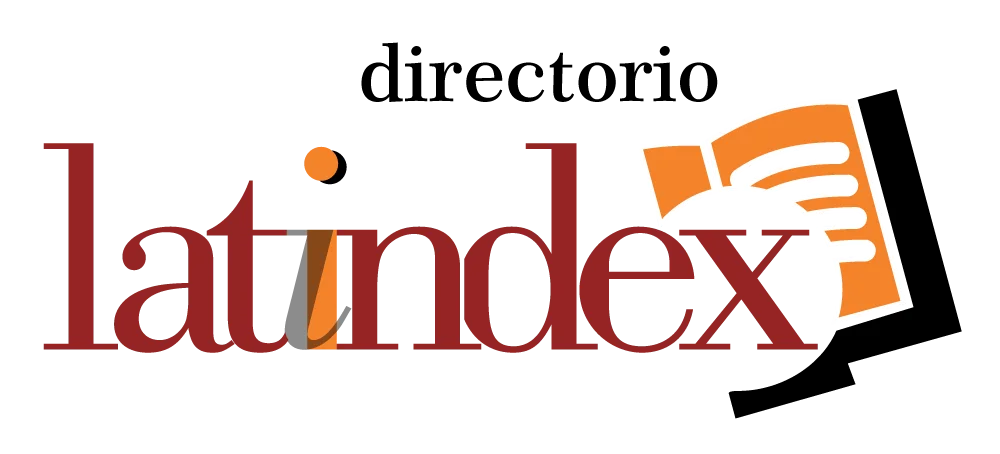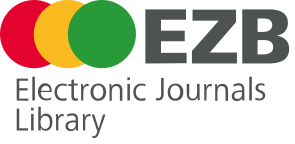Inclusive Education and Language Learning for Children with Autism Spectrum Disorder
DOI:
https://doi.org/10.56294/neuro202248Keywords:
Autism Spectrum Disorder, Inclusive Education, Universal Design for Learning, Second Language Acquisition, Teacher TrainingAbstract
The literature review focused on the inclusion of children with Autism Spectrum Disorder (ASD) in educational contexts, particularly within English language instruction. The analysis revealed that international studies highlighted both the barriers and the opportunities linked to inclusive practices. Evidence from Iran demonstrated that structural and cultural limitations often prevented children with ASD from participating in mainstream schools, confining them to specialized institutions. However, parents and headteachers expressed openness to inclusive approaches when adequate teacher training and resources were available. Other investigations emphasized the challenges of second language acquisition among children with ASD. These studies showed that, despite difficulties in communication, organization, and social interaction, ASD learners were capable of acquiring vocabulary and grammar when instruction was systematic, structured, and adapted to their strengths. Research also noted that bilingualism could enhance cognitive and linguistic abilities, placing ASD students at an advantage under appropriate pedagogical strategies.Theoretical contributions from Asperger’s early work, diagnostic frameworks such as DSM-IV and DSM-5, and Gardner’s theory of Multiple Intelligences provided conceptual tools to understand the heterogeneity of learners. These perspectives reinforced the idea that ASD students could benefit from flexible methodologies that respected their unique learning profiles. In conclusion, the review demonstrated that inclusive education for ASD children was feasible and beneficial when grounded in frameworks like Universal Design for Learning (UDL). Successful implementation depended on teacher preparation, curricular adaptation, and broader social commitment, turning inclusion into both an educational necessity and a collective responsibility.
References
1. Administrador Elige Educar. Diseño Universal de Aprendizaje: un desafío a tomar. Chile: Elige Educar; 2015. Disponible en: https://eligeeducar.cl/diseno-universal-de-aprendizaje-un-desafio-a-tomar
2. Ali S, McConkey R. Perspectives on Inclusive Education of Preschool Children with Autism Spectrum Disorders and Other Developmental Disabilities in Iran. Int J Environ Res Public Health. 2018;15(10):2307. Disponible en: https://www.mdpi.com/1660-4601/15/10/2307
3. Baharein M. Case Study: A Strategic Research Methodology [Internet]. 2008 [citado 2019 Nov 13]. Disponible en: https://www.researchgate.net/profile/Khairul_Baharein_Mohd_Noor/publication/26517241_Case_Study_A_Strategic_Research_Methodology/links/5462bd800cf2c0c6aec1b83e/Case-Study-A-Strategic-Research-Methodology.pdf
4. Cárdenas MA. Estudio de caso (Trastorno Espectro Autista, Discapacidad Intelectual e Hipoacusia). Aprendemos los Colores. 2018. Disponible en: https://idus.us.es/xmlui/bitstream/handle/11441/80607/C%C3%81RDENAS%20JIM%C3%89NEZ%20MARIA%20ANGELES%20%20estudio%20de%20caso.pdf
5. CAST. Universal Design for Learning (UDL). 1984. Disponible en: http://www.cast.org/about#.XUtXtegzbIU
6. Castro E. El estudio de casos como metodología de investigación y su importancia en la dirección y administración de empresas. 2010. Disponible en: https://dialnet.unirioja.es/descarga/articulo/3693387.pdf
7. Creswell J. Research design. 2nd ed. 2003. Disponible en: https://pdfs.semanticscholar.org/73b7/18e508fa943dfb22a9cb5fb17f888239ad0e.pdf
8. Creswell J. Qualitative inquiry and research design. Investigación cualitativa y diseño investigativo. 2003. Disponible en: http://academia.utp.edu.co/seminario-investigacion-II/files/2017/08/INVESTIGACION-CUALITATIVACreswell.pdf
9. Esmaeeli Z. Second language learning in children with autism; teachers' plans and strategies. [Internet]. [citado 2019 Abr 25]. Disponible en: https://www.academia.edu/27978648/Second_Language_Learning_in_Children_with_Autism_Teachers_Plans_and_Strategies
10. Johnson K, Mundschenk N. Working effectively with students with BD in a general education classroom: the case for Universal Design for Learning. Clearing House. 2014;87(4):168-74. doi: 10.1080/00098655.2014.897927.
11. Hernández R. Metodologías de la investigación. 2014. Disponible en: http://observatorio.epacartagena.gov.co/wp-content/uploads/2017/08/metodologia-de-la-investigacion-sexta-edicion.compressed.pdf
12. Kanner L. Autistic disturbances of affective contact. Baltimore (MD): Child Care Publication; 1943.
13. Masson SA. Manual diagnóstico y estadístico de los trastornos mentales. Barcelona: Masson; 1995. Disponible en: http://www.mdp.edu.ar/psicologia/psico/cendoc/archivos/Dsm-IV.Castellano.1995.pdf
14. Ministerio de Educación de Chile. Política nacional de educación especial. Santiago: MINEDUC; 2005. Disponible en: http://especial.mineduc.cl/wp-content/uploads/sites/31/2016/08/POLiTICAEDUCESP.pdf
15. Ministerio de Educación de Chile. Diversificación de la enseñanza. Santiago: MINEDUC; 2015. Disponible en: http://especial.mineduc.cl/wp-content/uploads/sites/31/2016/08/Decreto-83-2015.pdf
16. Plágaro-Martos M. Transferencia de inteligencias múltiples en alumnos con autismo de educación primaria. 2015. Disponible en: https://reunir.unir.net/handle/123456789/3423
17. Cennamo K, Ross J, Ertmer PA. Technology integration for meaningful classroom use: a standards-based approach. 2009. Disponible en: https://books.google.cl/books?id=YS4XAAAAQBAJ&pg=PA38
18. Tenorio Eitel S. La integración escolar en Chile: perspectiva de los docentes sobre su implementación. REICE. 2005;3(1):823-31.
19. Willmot P, Kearney M, Campbell C, Schuck S. Pedagogical benefits. 2012. Disponible en: http://www.uq.edu.au/teach/video-teach-learn/ped-benefits.html.
Downloads
Published
Issue
Section
License
Copyright (c) 2022 Lorena Escobar Garcés, Valentina Soto Verdugo, Edgardo Aragú Pérez (Author)

This work is licensed under a Creative Commons Attribution 4.0 International License.
The article is distributed under the Creative Commons Attribution 4.0 License. Unless otherwise stated, associated published material is distributed under the same licence.






